Virtual Exhibit
Are you passionate about culture & heritage and Lacombe’s local history?
Learn more about how to be part of the Historical Society team, or Executive Board, discover new volunteer opportunities in your communities, or be a heritage hero and donate today!
Gratefully Supported by

ADMIN OFFICE
Flatiron Building Museum
Suite #200, 5005 50th Ave, Lacombe AB T4L2L1
(403) 782-3933
Fall Hours
Flatiron Building Museum
OPEN Wed-Sat 10 am – 4 pm
Blacksmith Shop Museum
Closed for the season
Michener House Museum
Closed for the season
The Lacombe & District Historical Society acknowledges that we are working, volunteering, and living on Treaty 6 Territory and the Métis homeland, a traditional gathering place for diverse Indigenous Peoples including the Maskwacis Nēhiyaw (Bear Hills Cree), Niitsítapi (Blackfoot), Nakoda (Stony), Dene (Athabascan), Métis and many other distinct Indigenous Peoples whose footsteps have walked these lands for time immemorial, and whose history, culture, and language continues to influence our vibrant community.
To learn more, please visit our Treaty No. 6 resource page.
The Lacombe & District Historical Society is a registered Alberta Society’s Act Non-profit Organization & CRA Recognized Charity
Charity No: 119244416RR0001
©2023 Lacombe Museum
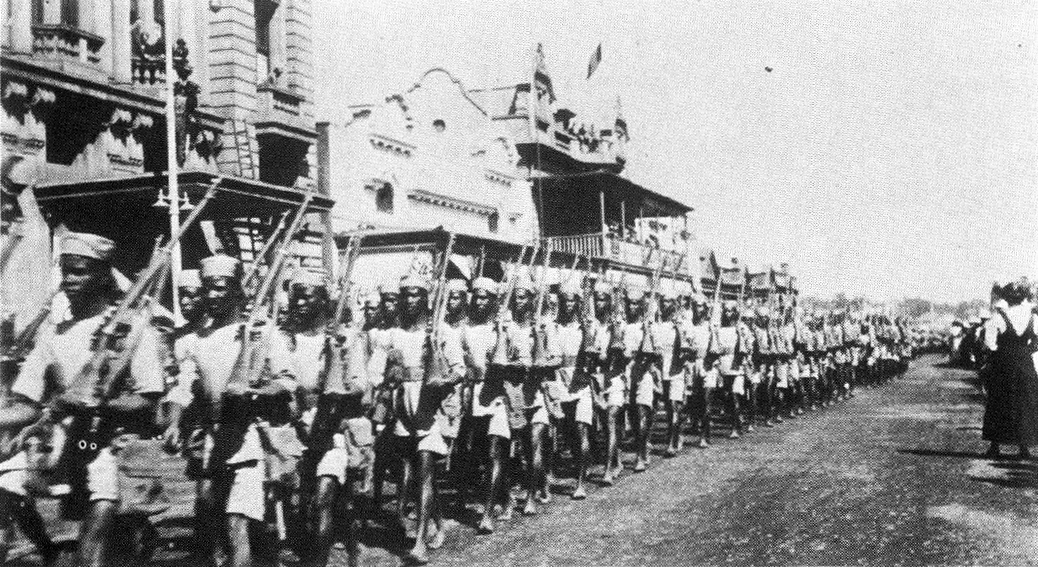
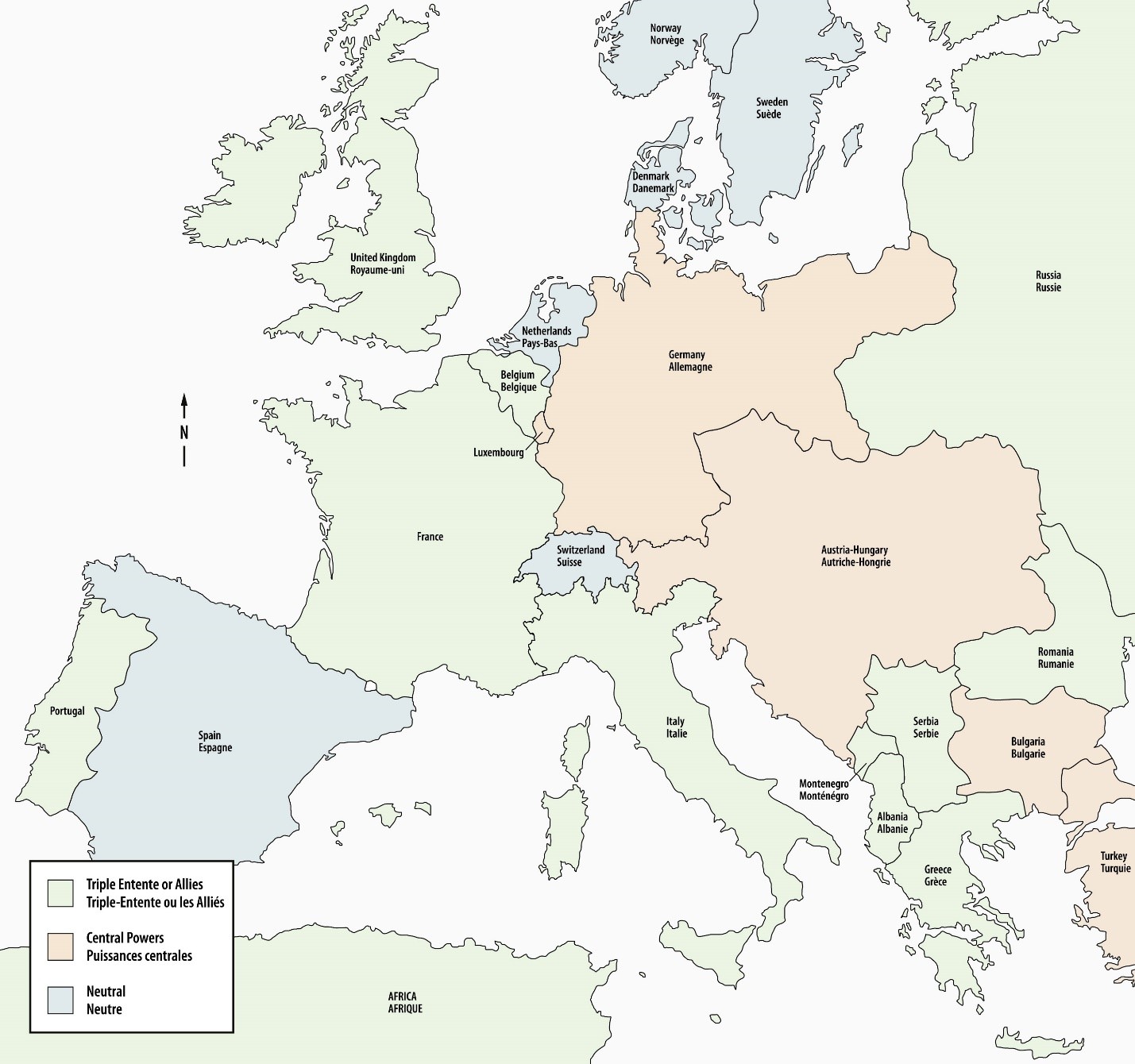
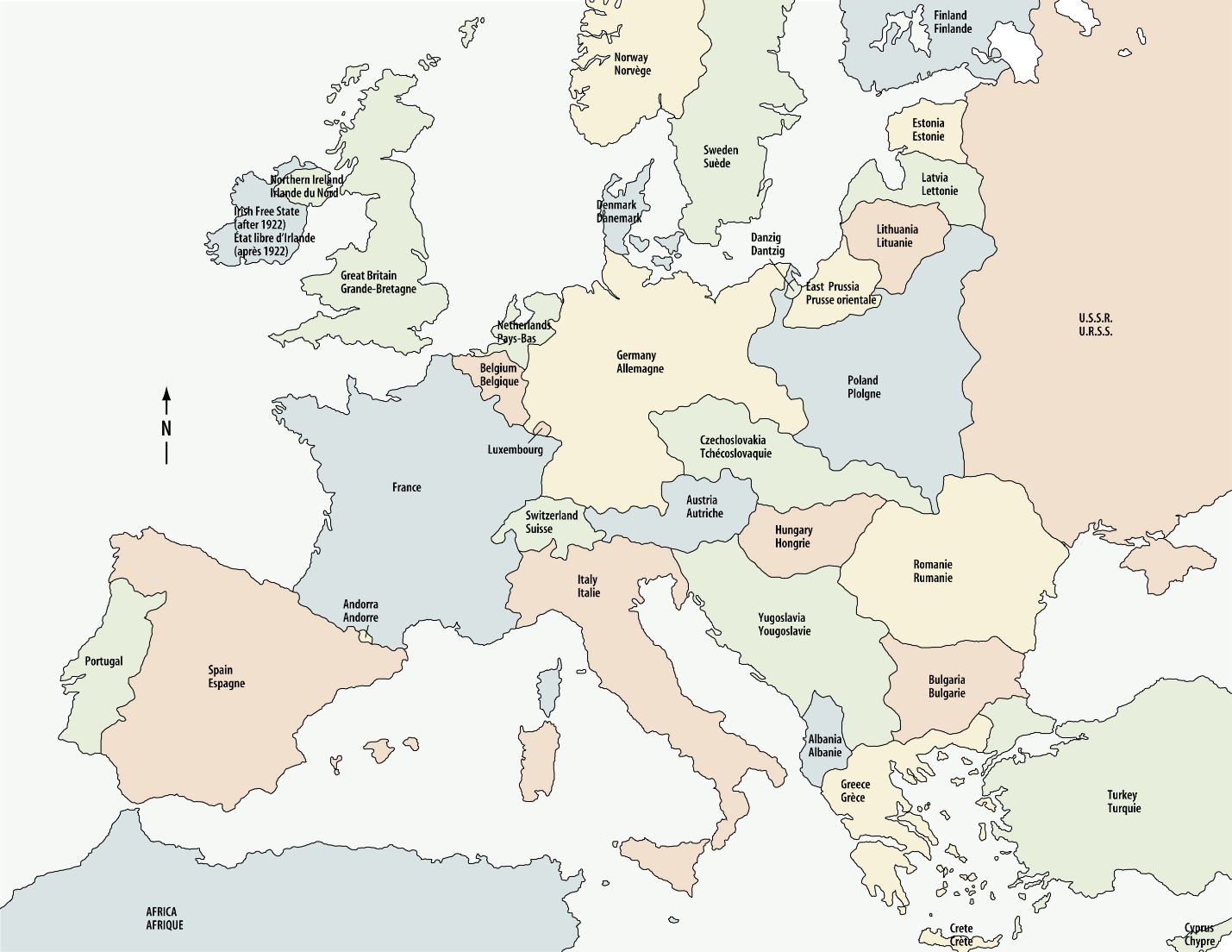
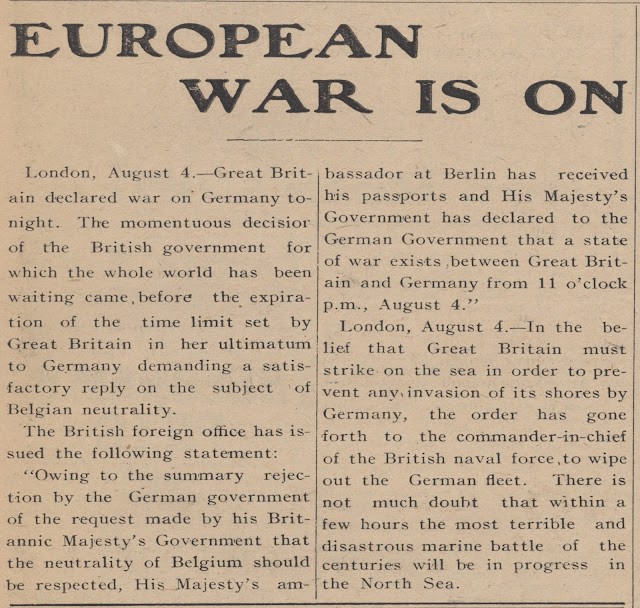
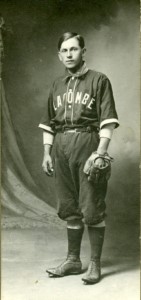

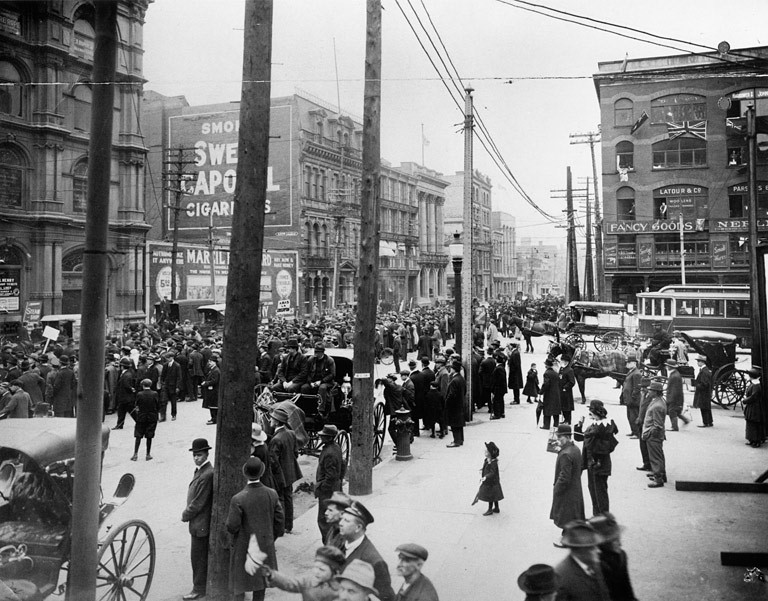
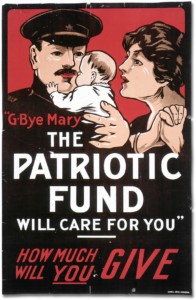


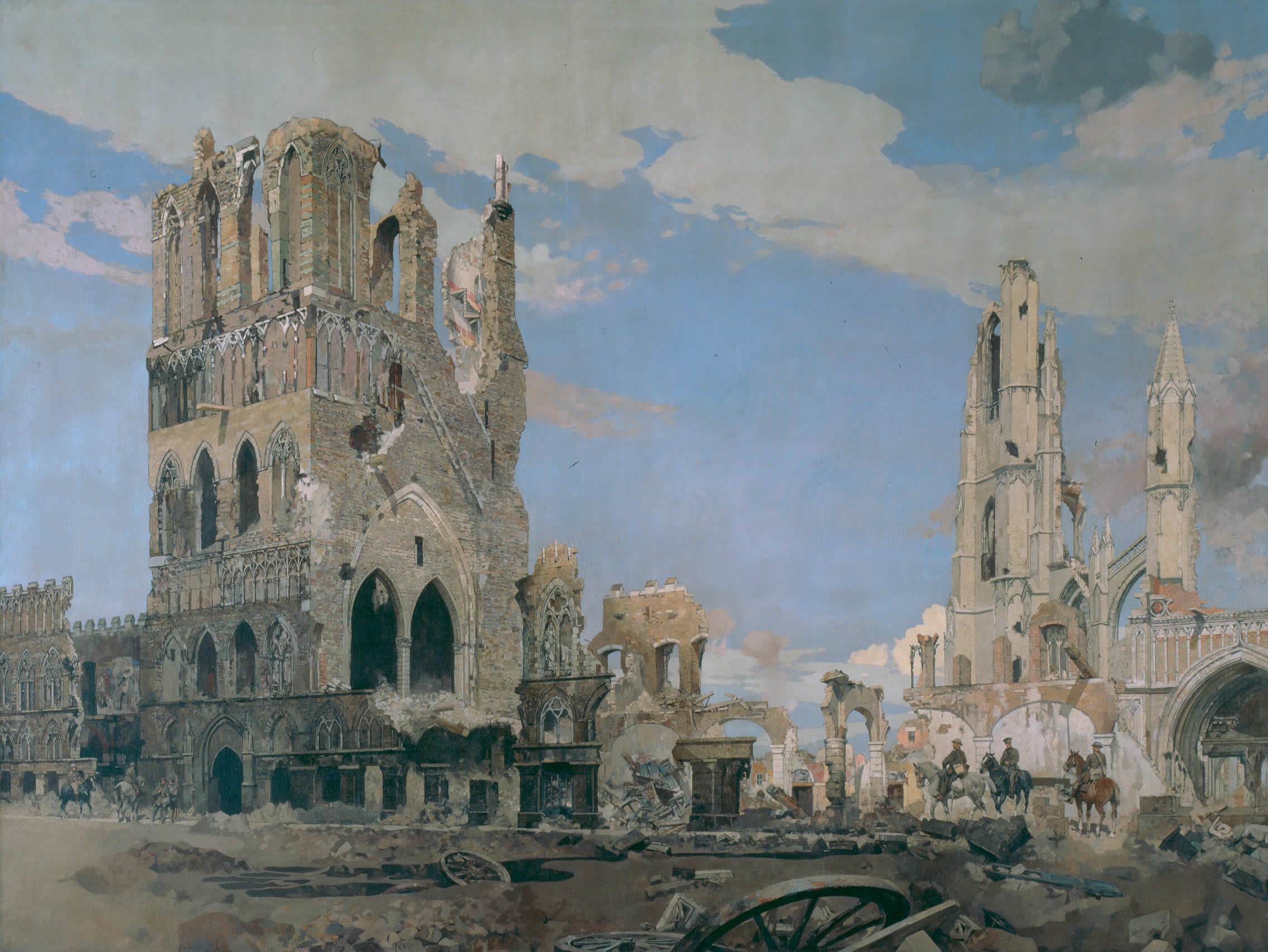
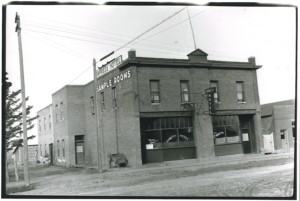
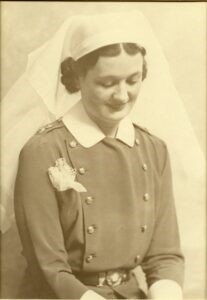
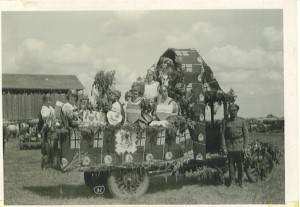
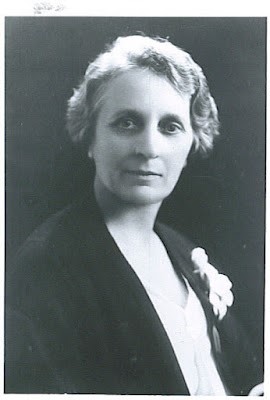
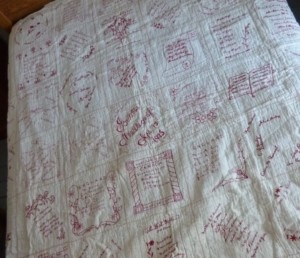
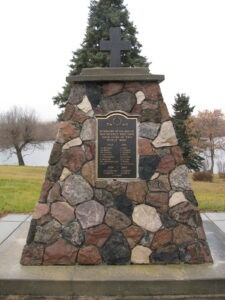
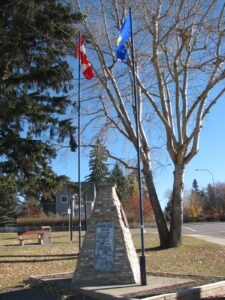
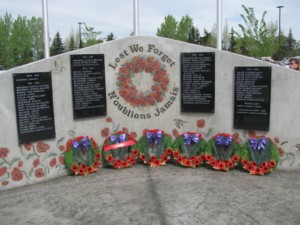
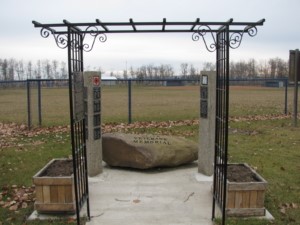
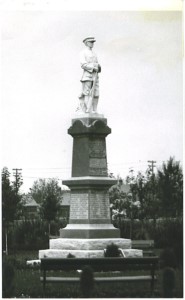
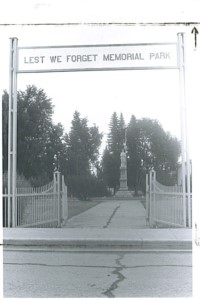
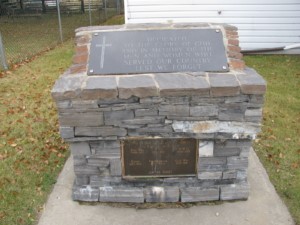
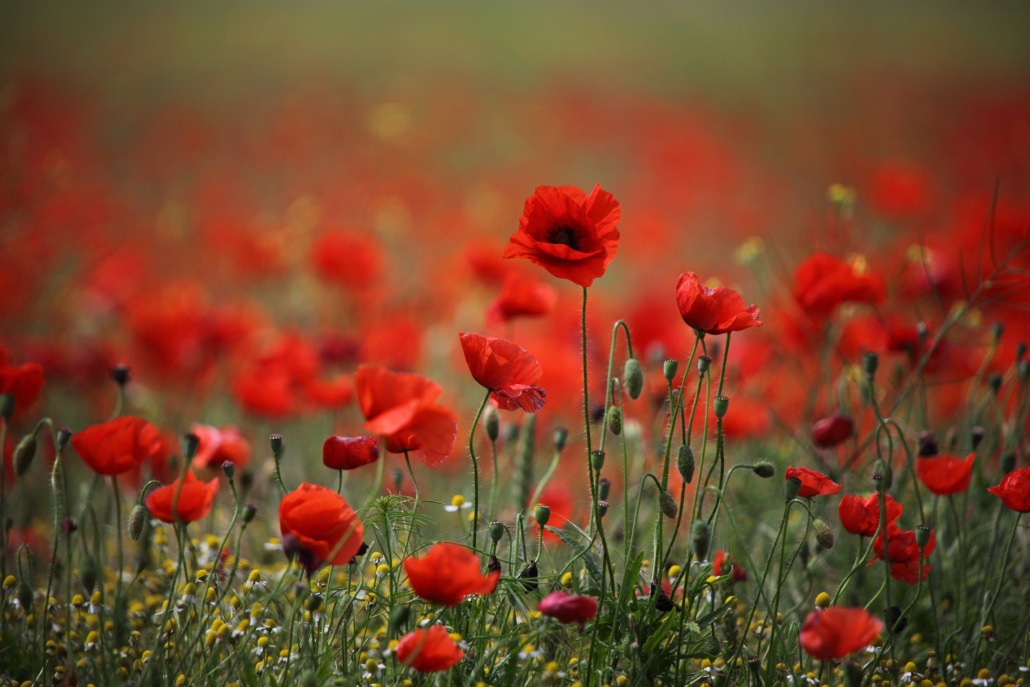
My great grandparents, Frederick and Emma Ritz, homesteaded in Lacombe. They had three sons who served in the Great War: Jess, Roy and Harry Ritz (the last one being my grandfather).
I have many stories and memorabilia from Harry’s service during the war, though most of his artifacts are housed in Calgary’s Glenbow Museum. What a heartfelt sacrifice to have three sons serving from one family!
I can’t imagine! Thankfully, all three sons returned home, though they forever carried the burden of the horrors they experienced.
My grandfather eventually resumed his position at the Lacombe Post Office- where he was Lacombe’s first recruit as an 18-year-old.
Any information you have about the Ritz family would be greatly appreciated.